Pectus excavatum-related symptoms like shortness of breath and exercise intolerance have referred to the deformity from the start.
Johann Bauhin recorded the first patient with pectus excavatum in the late 1500s in Spain. He said that the patient had exercise intolerance and shortness of breath.
Five hundred years later, in the 20th century, there was a well-known German surgeon named Ferdinand Sauerbruch.
He did a detailed analysis of his first patient suffering from pectus excavatum. Ferdinand famously said that the patient couldn’t even work because of his exercise-related shortness of breath.
He had several health complications that caused him problems in his later life.

In the 1950’s Mark Ravitch, the pioneer of the treatment of chest wall deformities like pectus excavatum and carinatum described his patients with concave chests.
He said the patients could play basketball but couldn’t play the entire game. They would sit on the bench most of the time. Also, they could play a couple of tennis games, but not complete sets.
Mark Ravitch’s explanation indicated shortness of breath in patients who suffered from pectus excavatum. However, researchers didn’t scientifically prove this.
Scientists tried to configure whether breathing troubles and exercise intolerance was a common symptom in patients suffering from pectus excavatum.
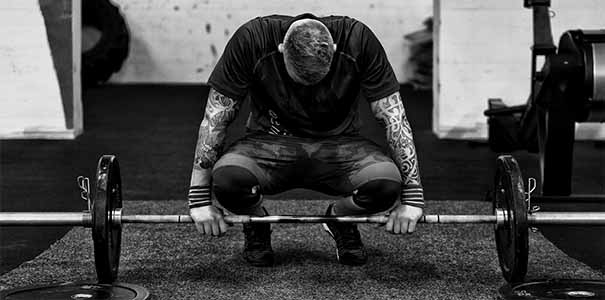
WHAT STUDIES REVEALED ABOUT SHORTNESS OF BREATH
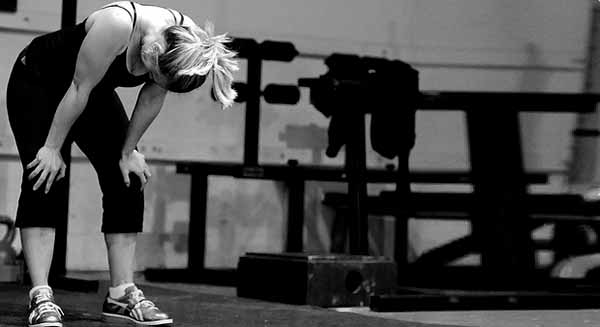
Recently, scientists wanted to determine whether shortness of breath is a common symptom for all pectus excavatum sufferers.
The study included 11 North American health centers. The doctors asked every male and female adult pectus excavatum patient whether they had the symptom or not.
Unexpectedly, about 65% of all patients complained of shortness of breath caused by physical or mental effort.
A similar percentage of the patients suffered from workout intolerance. The scientific study concluded that patients and their parents reported shortness of breath.
VIDEO GAMES ARE A DISTRACTION and Cause Inactivity
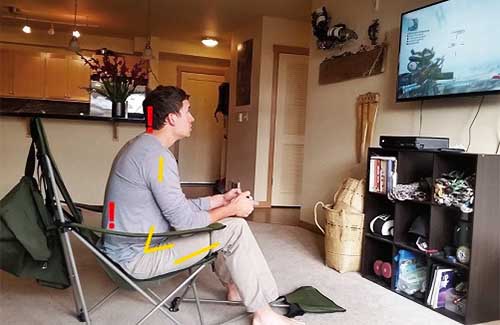
The rise of video games in the United States of America has led to a big group of children not performing any physical therapy exercises.
They didn’t report shortness of breath and exercise intolerance as a symptom of the deformity. They only consider the pectus excavatum deformity as an appearance issue.
Research has proven that pectus excavatum is a cosmetic issue and an underlying health risk. Believing that pectus excavatum is just a cosmetic problem further worsens the health of every single patient suffering from the deformity.
They won’t do anything to treat it. Their posture will get worse, and the dent in their chests will get deeper, causing more breathing problems.
The clinician’s job is to make younger patients perform a set of physical therapy exercises right in front of them. The young sufferers will immediately see that they have shortness of breath while exercising.
SYMPTOMS

While being put under rough exertion, pectus excavatum sufferers undergo incredibly rapid breathing, known as hyperventilation.
Shortness of breathing is also referred to as dyspnea. Doctors need to further categorize dyspnea as occurring at rest or being connected with activity or exercise.
They also need to find out whether dyspnea happens gradually or suddenly.
Other factors of shortness of breath include:
- Asthma
- Bronchitis
- Pneumonia
- Pneumothorax
- Anemia
- Lung cancer
- Inhalation injury
- Pulmonary embolism
- High altitude with lower oxygen levels
- Congestive heart failure
- Allergic reaction
- Anaphylaxis
- Subglottic stenosis
- Interstitial lung disease
- Obesity
- Tuberculosis
- Emphysema
- Pulmonary artery hypertension
- Rib fracture
- Aerobic physical exercise
Discovering more about the abovementioned symptoms will help detect what causes shortness of breath.
However, if you have a visible dent in your chest, there is a high chance of shortness of breath caused by pectus excavatum.
To keep your health in the top state, visit the doctor or specialist. Funnel chest discomfort, pain with inspiration (pleurisy), dizziness, fainting, cough, wheezing, bloody sputum, neck discomfort, and chest injury can also relate to shortness of breath.
WHAT TO DO IF YOU FEEL PECTUS EXCAVATUM BREATHING TROUBLES
Suppose you feel shortness of breath while being put under physical exertion. In that case, it can also be caused by poor pectus posture and tight chest and abdominal musculature. That’s the area that prevents a natural breathing pattern.
VACUUM BELL THERAPY HELPED ME BREATHE FULLY
After reading a couple of articles related to that, I concluded that the dent in my chest was the reason.
I followed the non-surgical therapy mentioned above, and my breathing difficulties while playing sports were greatly minimized. I received most of the results after implementing vacuum bell therapy in my daily life.
DO THIS TO LESSEN SHORTNESS OF BREATH INSTANTLY
In addition to the vacuum bell treatment, if you want a brief therapy to minimize shortness of breath while exercising, do pectus excavatum deep breathing.
This will improve your lung capacity and stretch out the muscles that restrict your natural inhaling patterns. It is a 10-minute routine to prepare you for your daily activities.
I recommend you do it two times a day. You can do it once a day, but if you want to get rid of pectus excavatum shortness of breath fast, I advise you to do it twice a day.
There are three parts to the Bioenergetic routine.
BIOENERGETIC ROUTINE
- The first part of the bioenergetic routine is critical if you have breathing function problems. It includes three energizing exercises: the bow, ground reach, and shake & vibration. These exercises aim to pump your body with oxygen and then release all muscular tension in the neck, chest, shoulders, legs, feet, and pelvic floor. Tightness in these areas of the body is restricting your breathing.
- The second phase is a set of five orienting exercises. Their primary purpose is to prepare your body for daily physical activity. You’ll feel how much your workout intolerance decreases after you do these exercises.
- The last phase is the Warrior Pound. The purpose is to pump your body energy and focus on your daily activities.
Below, I’ll post an instructional video on how to perform these exercises.
SHORTNESS OF BREATH IN BABIES

There isn’t any scientific data about pectus excavatum breathing in babies. Pediatric specialists say newborns and infants don’t have breathing troubles caused by pectus excavatum. That’s because they aren’t doing any strenuous physical activity.
Their breathing is normal, and there isn’t anything to worry about. However, as soon as they start walking or running, there is a high chance that they may experience breathing issues.
After birth, the surgeons can’t identify whether the baby has pectus excavatum or not. In some cases, a slight dent in the chest disappears during puberty.
However, if the deformity is congenital, there is a high chance that pectus excavatum can be diagnosed shortly after birth.
Suppose the doctors see a potential lung or heart danger because of the deformity. In that case, the baby will be the right candidate for a pectus excavatum operation in adolescence.
DIAPHRAGMATIC BREATHING ADVANTAGES FOR PECTUS EXCAVATUM
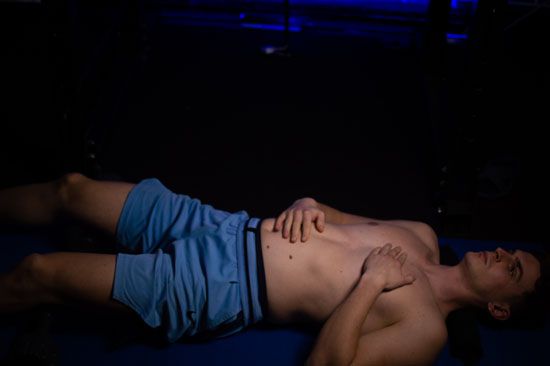
Diaphragmic breathing for pectus excavatum has a lot of benefits. The diaphragm is the center of focus in meditation and yoga.
It can manage:
- Irritable bowel syndrome
- Insomnia
- Anxiety
- Depression
Almost every single patient with pectus excavatum suffers from anxiety and depression regularly. Reducing stress levels without taking medication is the main benefit of “breathing into your belly.”
That is why professional athletes suffering from pectus excavatum are taught how to breathe in their diaphragm before performances. Being stressed out daily takes a toll on your health.
Your body won’t be able to reach its full health potential. First, your immune system will suffer, and you’ll be prone to many diseases.
Diaphragmic breathing helps you toughen the diaphragm, a vital muscle when you breathe. This type of breathing is also called deep breath or abdominal breath.
5 BENEFITS OF DIAPHRAGMIC BREATHING

Below, I list the top five benefits of diaphragmic breathing for people with sunken chests.
Pros
- Allows the respirational system to work up to its potential
- Decreases shortness of breath severity while doing strenuous physical activities
- It turns on the parasympathetic nervous system, causing relaxing answers in your body
- Strengthens and stretches the deep abdominal muscles and the pelvic floor
- Dramatically improves your bad posture that worsens your pectus excavatum condition
These are just the five most essential benefits of diaphragmic breathing for pectus excavatum sufferers.
There are a lot of other benefits that you can read about here. For pectus excavatum sufferers, I advise you to do rib-stretching diaphragmic breathing.
It will help you expand your chest wall and improve lung capacity. Also, it’ll help you with correcting the abnormal protruding ribs deformity.
HOW TO DO RIB-STRETCHING BREATHING
- Stand up tall and arch your lower back
- Breath out until you don’t have any oxygen inside your lungs
- Slowly inhale as much air as you can until your lungs feel like they are going to explode
- Hold the breath inside your lungs while your chest is expanded for 15 seconds
- Breathe out the air slowly, for around 5 seconds
- Repeat for 20 total breaths
CONCLUSION
Pectus excavatum is usually considered a harmless and cosmetic issue, although severe or mild cases may notice difficulties in breathing.
Several scientific pieces of evidence prove that pectus excavatum causes shortness of breath.
Few publications in the previous decade have explained how symptomatic pectus excavatum is considered a likely cause of severe symptoms like shortness of breath, shivers, chronic fatigue, and chest pain in older people.
The symptoms, as mentioned above, can lead to a significant weakening of the physique.
Click the following link to read the clinical presentation of symptomatic pectus excavatum. It is explained in detail in “Signs and symptoms of symptomatic pectus excavatum in seniors.”
Don’t allow pectus excavatum to prevent you from participating in sports and other physical activities.
5 Sources
- Johann Bauhin. In: Wikipedia [Internet]. 2022 [cited 2022 Dec 1]. Available from:
https://en.wikipedia.org/w/index.php?title=Johann_Bauhin&oldid=1095550098 - Ferdinand Sauerbruch. In: Wikipedia [Internet]. 2022 [cited 2022 Dec 1]. Available from: https://en.wikipedia.org/w/index.php?title=Ferdinand_Sauerbruch&oldid=1089072708
- Mark M. Ravitch: A Surgeon’s Surgeon – Circulating Now from NLM [Internet].
[cited 2022 Dec 1]. Available from: https://circulatingnow.nlm.nih.gov/2016/10/25/mark-m-ravitch-a-surgeons-surgeon/ - Diminished pulmonary function in pectus excavatum: from denying the problem to finding the mechanism - PMC [Internet]. [cited 2022 Dec 1]. Available
from: https://www.ncbi.nlm.nih.gov/pmc/articles/PMC5056935/ - Hyperventilation: Causes, Treatments, and Prevention [Internet]. [cited 2022
Dec 1]. Available from: https://www.healthline.com/health/hyperventilation


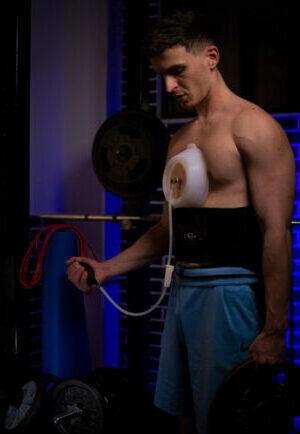


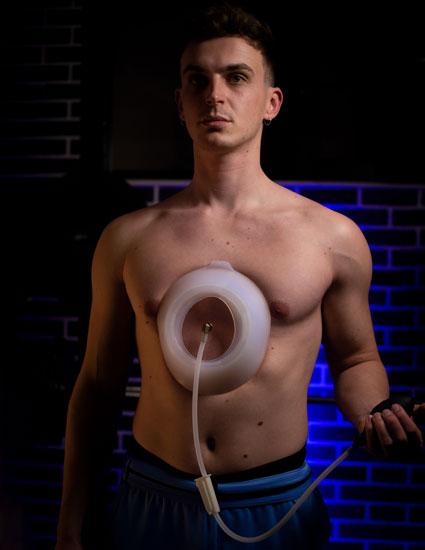

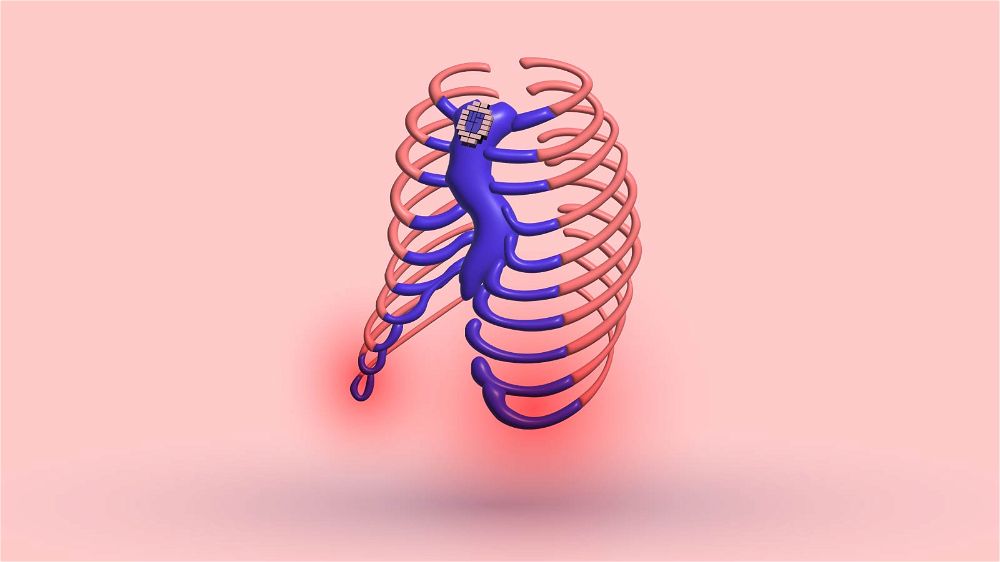
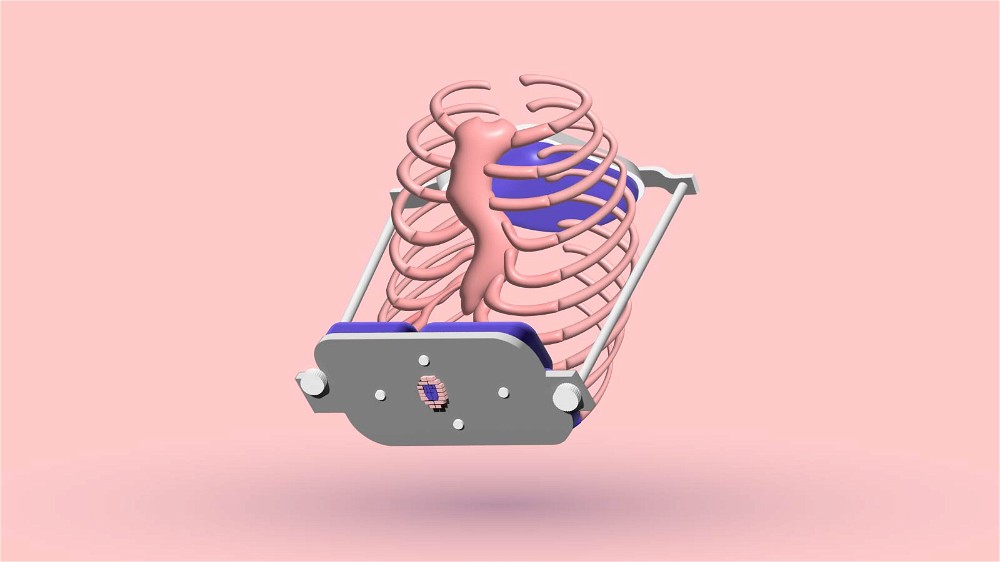
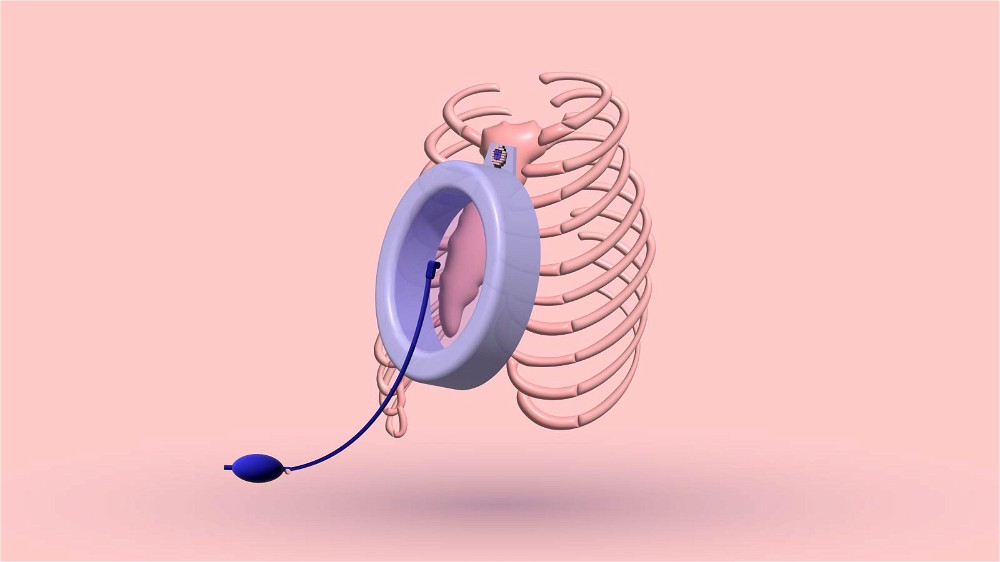
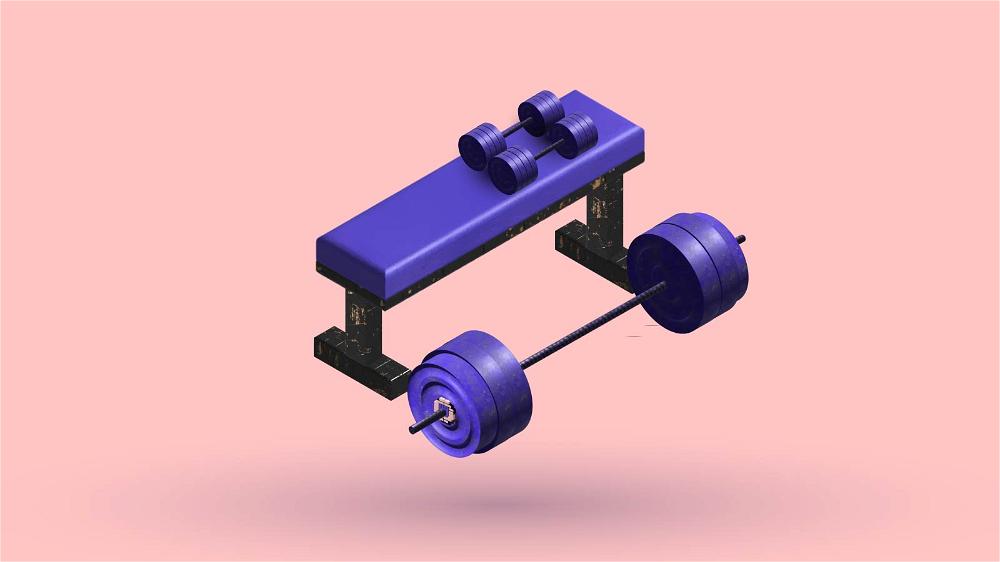
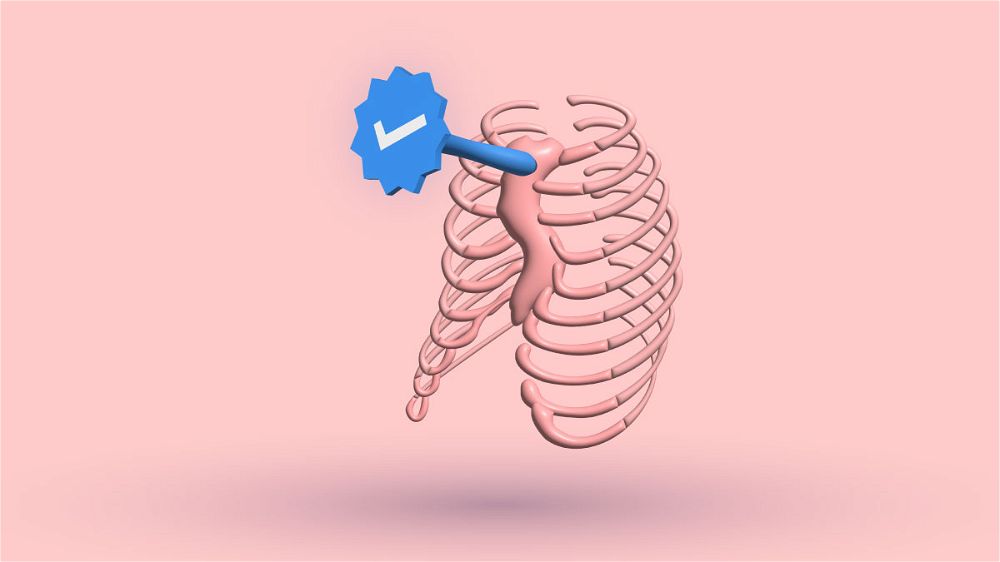
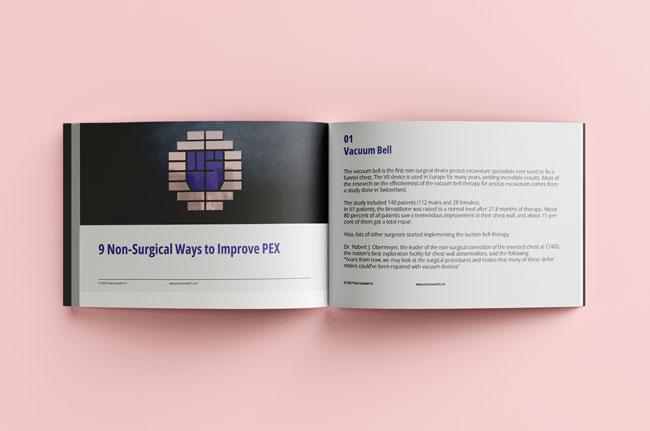


Thank you
Fairly extremely great internet internet site. Incredibly very good in direction of look through and quite a lot focus-grabbing content material substance. Without a doubt interval contains not however occur back again and greet.
I believe bad breathing with strained diaphragm is the actual cause of pectus excavatum. Notice that diaphragm center is directly below sternum.